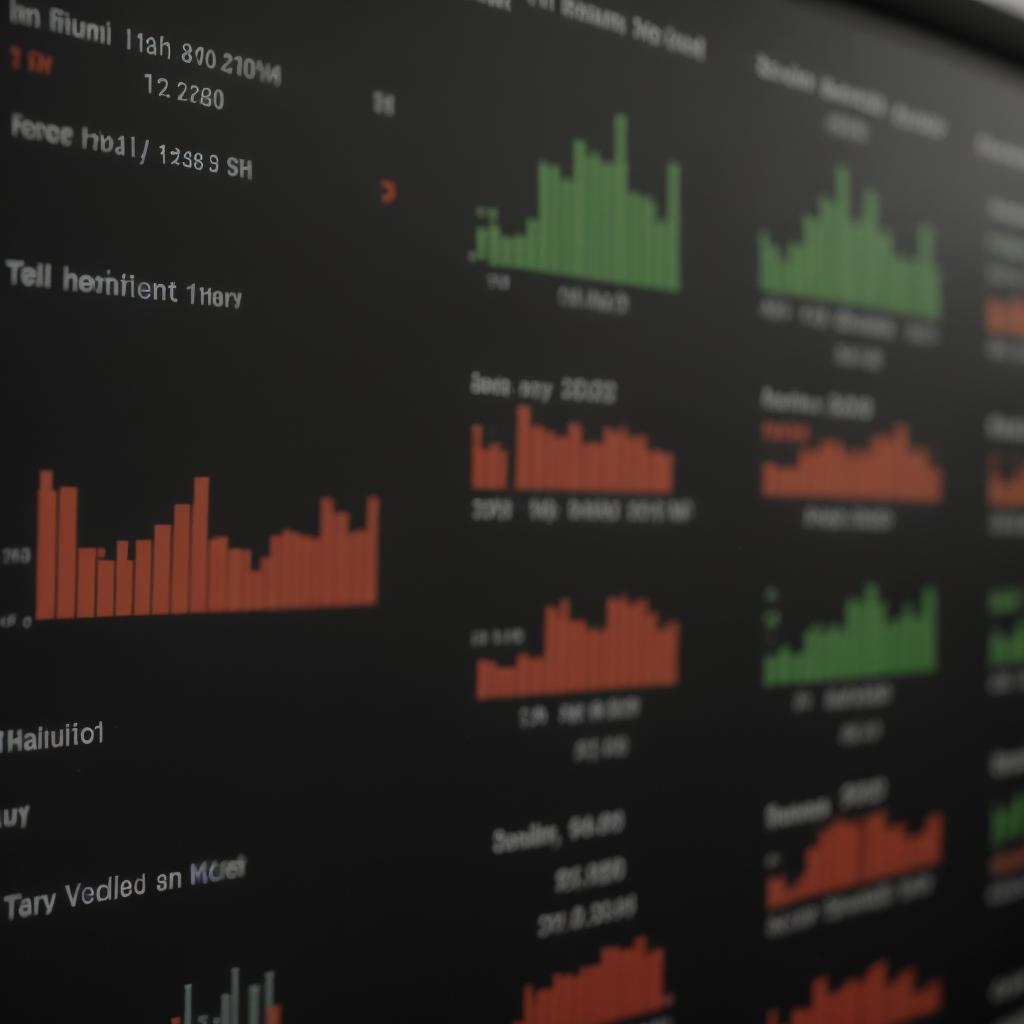2023 turned out to be one of the most volatile years in recent memory for commodity markets, with prices whipsawing on several major developments throughout the year. For commodity traders, risk managers, and firms with exposure to raw materials, it was a challenging but lucrative environment to navigate. In this blog, we recap the 10 most impactful news events of 2023 for commodity markets.
The biggest ongoing storyline of the year was the severe drought conditions that persisted across major agricultural production regions. Both the U.S. Midwest and China saw historic low rainfall and moisture levels, which decimated crop yields. Corn and soybean supplies out of the U.S. dropped sharply, with corn production falling 8% year-over-year while soybeans were down 3%. Wheat fields also suffered. At the same time, rice and corn harvests in China plunged 16% and 4% respectively on drought troubles. The supply cuts out of both countries, which account for one-third of global grain output, drove agricultural commodity prices to multi-year highs by mid-2023. Wheat, corn, and soybeans all saw prices surge 45-60% from January 2023 to the peak in July/August. For soft commodities, cocoa and coffee prices also rallied hard on drought impacts reducing yields in West Africa and Brazil. Going into 2024, questions remain about whether drought conditions will ease or lead to further supply constraints.
In energy markets, the fallout from Russia’s invasion of Ukraine which began in 2022 accelerated in 2023. The war took out a huge portion of Russia’s oil & gas exports, with sanctions limiting production and trade. Brent crude rose above $120/barrel and natural gas prices in Europe soared as well early in 2023 as supplies dropped. While OPEC+ looked to offset some of the losses, 3-5 million barrels/day ultimately came offline from Russia – equal to 5% of global supply. Apart from fossil fuels, Russia and Ukraine are also major wheat and corn exporters, and their conflict took 15-20% of global wheat & corn supplies off the market. From a risk management perspective, the extent of supply loss and trade disruptions from the war exceeded many firms’ downside scenarios. Both energy and agricultural commodity prices saw huge volatility around shifting news headlines about the conflict.
Shifting to metals, copper was one of the top performing commodities in early 2023 before sliding on demand slowdown fears. Chile’s copper output fell by 2% due to major strikes by mineworkers that lasted almost 2 months. With Chile being the world’s largest copper producer, accounting for 25% of global mine supply, the strikes supported a 15% copper price rally at the peak in March/April. However, China’s strict zero-COVID policies and lockdowns then kicked in, hammering the country’s economic growth. With China driving 40-50% of copper demand, concerns over a sharp slowdown in Chinese factory activity and construction led copper to sell off late in the year, eventually ending 2023 near flat.
For energy commodities, outside of the Russia-Ukraine conflict, the big storyline was the infighting within OPEC+. At mid-year, Saudi Arabia pushed the cartel for a production cut to support prices as global crude demand came under pressure. However, infighting between Saudi Arabia and other members like UAE and Russia resulted in an unexecuted deal. Saudi Arabia responded with production hikes, flooding an already oversupplied oil market and sparking a massive 50% price crash in Brent crude between June and December 2023. Natural gas and coal markets were also extremely volatile, with natural gas prices in Europe and Asia spiking on supply shortages early in 2023 before receding. A military coup in Myanmar at mid-year disrupted critical natural gas exports to Thailand and raised concerns for regional energy security. Going into 2024, the tension between Saudi Arabia and other key OPEC+ producers adds uncertainty over whether additional oil supply cuts will be agreed upon to prop up prices.
Apart from the major food, energy, and industrial metals covered above, precious metals and other select commodity markets saw large price swings amid the turbulence last year. Gold rose to 19-month highs in late 2023, driven by haven demand with inflation raging and equities under pressure. Meanwhile, nickel prices doubled then collapsed after an unprecedented short squeeze early in 2023. Coffee futures hit 10-year highs after Brazil’s severe drought hurt production. And coal markets remained tight amid high natural gas prices, as flooding in top exporter Australia also hampered coal mine output.
In summary, a host of bullish supply factors collided with concerns over slowing demand growth to result in a choppy, exciting year for commodity traders and risk managers. The Ukraine war, adverse weather, strikes/unrest, and OPEC+ disputes were the major catalysts behind volatile prices. As we enter 2024, inflation and global growth prospects, along with geopolitical issues and climate conditions, will likely continue to dictate price trends across commodities.
With the high uncertainty looking forward, nimble trading strategies and continuous risk monitoring will remain critical. Advanced CTRM solutions can be an invaluable tool for commodity firms in 2024 by providing comprehensive trade capture, risk analytics, and scenario modeling.
We encourage commodity firms looking to enhance their technology capabilities for the volatile markets ahead to connect with Nebular Cross. Schedule a consultation today to discuss your firm’s needs and get expert advice on augmenting your current CTRM solution or selecting and deploying the ideal CTRM to empower your business for the challenges of 2024. With Nebular Cross you can have the right solutions and support in place to thrive in the year ahead.



